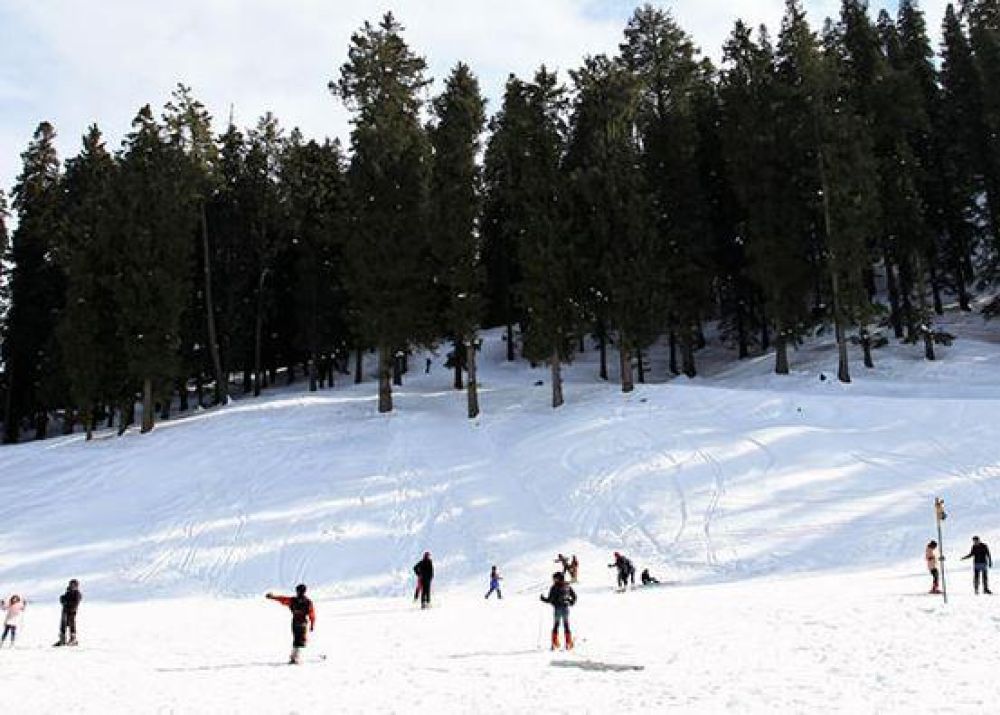

Nestled in the serene slopes of the Himalayas in Himachal Pradesh, India, Dhumri Ski Slopes in Narkanda have emerged as a popular spot for winter sports enthusiasts and tourists seeking solace in the mountains. The history of tourism in Narkanda and, by extension, its ski slopes are deeply intertwined with the growth of adventure tourism in the state.
The tourism history in Narkanda goes back to the time when its potential for winter sports was first realized. Historically, the town of Narkanda was a stopover on the ancient Hindustan-Tibet trade route. It wasn't until the 1980s that the slopes started gaining popularity for skiing, leading to gradual tourism development catered towards adventure seekers.
The Himachal Pradesh Tourism Development Corporation (HPTDC) played a significant role in the development of the Dhumri Ski Slopes. They established infrastructure to facilitate skiing and other snow-related activities, thus putting Narkanda on the map for winter sports. Over time, skiing courses and training were offered, attracting tourists from all over the country and beyond.
As the popularity of the Dhumri Ski Slopes increased, so did the amenities and facilities in Narkanda. From the provision of equipment rentals to the development of ski lifts, the town evolved to meet the growing demands of the influx of tourists each winter season.
In recent years, Narkanda and the Dhumri Ski Slopes have seen a shift in tourism trends. There is an increasing emphasis on sustainable and ecotourism, with visitors seeking environmentally friendly travel experiences. Efforts have been made to minimize the impact on the natural surroundings, even as tourist numbers grow.
Furthermore, the introduction of year-round adventure activities, such as hiking, mountain biking, and rock climbing, has diversified the tourism offerings beyond the winter months. This has helped establish Narkanda as a multi-season destination.
Looking forward, the focus on sustainable practices is expected to be a cornerstone of tourism strategy in Narkanda. With the pressures of climate change, preserving the natural beauty and ecological balance of the ski slopes and surrounding regions remains a priority. The local community and tourism authorities continue to work towards creating a sustainable model of tourism that benefits both the economy and the environment.